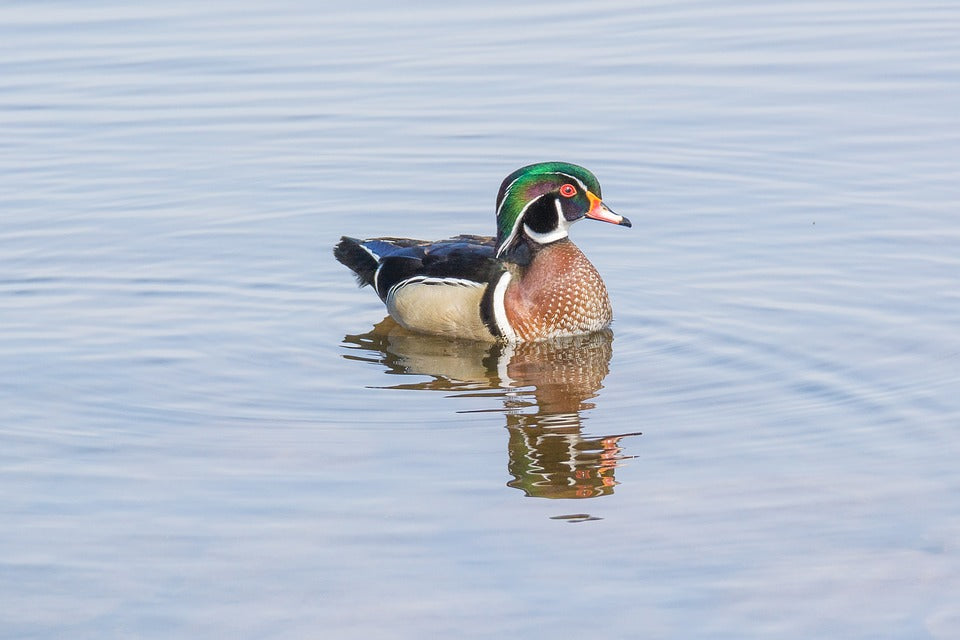Offer
Provide additional details about the offer you're running.
Provide additional details about the offer you're running.
Provide additional details about the offer you're running.

Let’s face it, when it comes to ducks, there are not many that can match the unique colouring and display characteristics as the stunningly beautiful wood duck. What’s better is that by strategically placing wood duck boxes on our near your property (if so equipped), you can not only get a glimpse of these wonderful waterfowl species, but you can also do your part in ensuring a prosperous future for these migratory birds.
These cavity-nesting birds often will pair up with a potential mate in January, typically arriving at their spring breeding grounds paired up and most will actually produce two broods in each year. Paired members will often preen each other and these ducks are well-known for their egg-dumping practices, in which the female will deposit her eggs into the nests of other wood duck nests in an attempt to increase the odds of their offspring survive.
Where to Find Wood Ducks
As with many waterfowl species, wood ducks can be found in wooded swamps, marshes, streams, beaver ponds and small lakes across much of the eastern United States year-round. During the spring and summer months, these ducks make their way into the southern regions of Canada as well, and can also be spotted along the coastlines of the western United States and Canada.
Identification
These ducks are about as unique as they come as far as identification goes. The males sport a glossy green head with vibrant white stripes, while the females are more of a grayish-brown colouring with a white-speckled breast. Their shape also makes them quite unique, as they can appear somewhat boxy in overall appearance.
These ducks are also one of the few waterfowl species that are equipped with strong claws that aid them in gripping bark and perching on branches.
Vocals
While not terribly vocal birds, the females can elicit quite the distress call when disturbed or suddenly flushed from a comfortable area. Their loud “oo-eek, oo-eek” call is usually broadcast when the female takes sudden flight under a threatening circumstance.
High Quality Blend